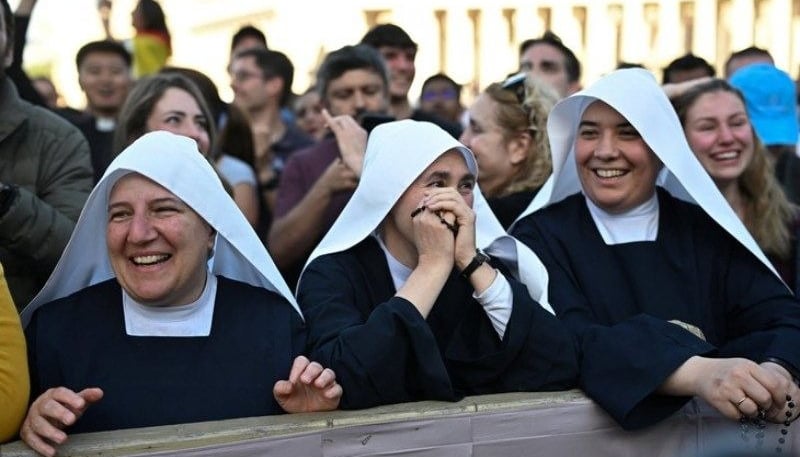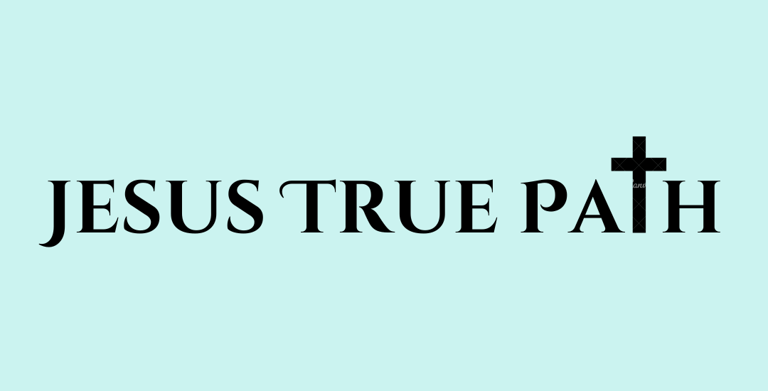How Did His Experience in Peru Shape Pope Leo XIV's Views?
What shaped the heart of the first American Pope? Learn how Pope Leo XIV's time in Peru influenced his understanding of the marginalized and the Church's mission.


The election of Pope Leo XIV, born Robert Francis Prevost, marks a unique moment, not just as the first American Pope, but also as a Pontiff deeply shaped by his extensive missionary work and service in Peru. For over two decades, Peru was not just a place where he ministered; it was a crucible that forged his understanding of the Church, the world, and the challenges facing many of its most vulnerable populations. How did this significant period in his life influence the views he now brings to the Chair of Saint Peter?
Immersion in a Different Cultural and Socio-Economic Reality:
Arriving in Peru in 1985 as a young missionary, the then-Father Prevost was immersed in a cultural and socio-economic reality vastly different from his native Chicago. This firsthand experience likely fostered a deep empathy for the struggles of the poor, the marginalized, and those facing systemic inequalities. Peru, with its rich history and diverse population, also presented him with a different perspective on the role of the Church in society, one often deeply intertwined with social justice issues and the fight for human dignity.
Pastoral Work in the Peripheries:
Much of Cardinal Prevost's ministry in Peru was spent working directly with the people, serving as a parish pastor and engaging with communities in Trujillo and later as Bishop of Chiclayo. This "ground-level" experience provided him with an intimate understanding of the daily challenges faced by ordinary Catholics in a developing nation. This pastoral focus on the peripheries, a key theme in Pope Francis's own pontificate, likely resonated deeply with Cardinal Prevost and could inform his approach to the universal Church, emphasizing outreach to those on the margins.
Witnessing the Impact of Social and Political Instability:
During his time in Peru, Cardinal Prevost witnessed firsthand the impact of social and political instability on the lives of the people. Peru has experienced periods of significant upheaval, and the Church often plays a crucial role in advocating for peace, justice, and reconciliation. This exposure could have instilled in him a strong commitment to these principles on a global scale, informing his stance on international conflicts and human rights issues.
Engagement with Liberation Theology (and its evolution):
Peru and Latin America have been significant centers for Liberation Theology, a movement that emphasizes the Church's role in advocating for the poor and oppressed. While the more radical interpretations of Liberation Theology faced scrutiny, its core tenets of social justice and a preferential option for the poor have had a lasting impact. Cardinal Prevost's time in Peru likely exposed him to these theological currents and their practical applications, potentially shaping his understanding of the Church's social mission in a way that balances theological responsibility with a commitment to the marginalized.
Developing Fluency in Spanish and a "Latin American Heart":
Becoming fluent in Spanish and immersing himself in Peruvian culture likely fostered a deep connection and understanding of the Latin American perspective. This is significant as Latin America is home to a large percentage of the world's Catholics. His ability to communicate directly and empathize with the experiences of Catholics in this region could lead to a papacy that gives greater prominence to the voices and concerns of the Global South. His dual citizenship (American and Peruvian) further underscores this connection.
Leadership within the Peruvian Church:
Serving as Bishop of Chiclayo provided Cardinal Prevost with significant leadership experience within the Peruvian Church. He was involved in the Peruvian Bishops' Conference and played a role in navigating the country's political landscape. This experience in Church governance within a specific cultural context would have provided valuable preparation for the universal leadership he now assumes.
Conclusion: A Pontiff Shaped by the Peruvian Soil:
Pope Leo XIV's extensive ministry in Peru was not merely a chapter in his life; it appears to have profoundly shaped his worldview, his pastoral priorities, and his understanding of the Church's role in a diverse and often challenging world. His firsthand experience with poverty, social justice issues, and the vibrant faith of the Peruvian people likely forged a deep empathy and a commitment to the marginalized that will undoubtedly influence his papacy. As the first Pontiff with such significant ties to Latin America, his time in Peru offers a crucial lens through which to understand the perspectives he brings to the Chair of Saint Peter and the direction he may chart for the global Catholic Church.
Frequently asked questions
How long did Pope Leo XIV serve in Peru?
He served in Peru for over two decades, beginning in 1985.
What kind of work did he do in Peru?
He was a missionary, parish pastor, and later became the Bishop of Chiclayo. He also taught at a seminary.
Did he learn Spanish in Peru?
Yes, he became fluent in Spanish, which likely gave him a deeper connection to Latin American Catholics.
Did his time in Peru expose him to Liberation Theology?
Yes, Peru was a center for this theology, and it likely shaped his understanding of the Church's social mission.
Did his leadership in Peru prepare him for his role as Pope?
Yes, serving as a bishop in Peru provided him with experience in Church governance within a specific cultural context.
How might his time in Peru have influenced his view of poverty?
His direct experience likely fostered deep empathy for the poor and marginalized in a developing nation.
